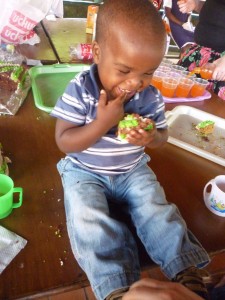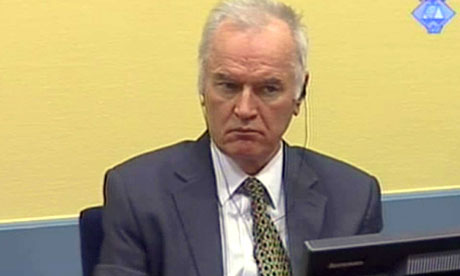By Emilee Gaebler
Impunity Watch Reporter, South America
BOGOTA, Columbia – In the southern province of Putumayo, 13 teenagers were pulled out of boarding schools by FARC forces. The teens taken were primarily young girls. They will now be forced to join the forces of the insurgency.

Prominent activist and Andean parliamentary member, Gloria Inez Florez, reported the kidnappings. She stated that the forces burst into various schools in the neighborhood and forcibly removed the teens. Florez confirmed that the majority taken were girls, and that they were all between the ages of 13 years-old and 15 years-old. She could not confirm how many were indigenous.
“[Boarding schools] have become places of protection for school-boys and -girls, given the serious conditions of the armed conflict,” said Florez. Unfortunately, this new practice, of securing children in boarding schools, appears to have come to the notice of FARC forces with the recent kidnapping.
The FARC’s recruitment of children is a violation of international humanitarian laws that prohibit the recruitment of children into armed forces. The Colombian Family Welfare Institute (ICBF) sent delegates to confirm the situation and investigate the allegations of children being kidnapped from the rural communities. ICBF director, Diego Molano made the statement that the agency’s findings are conclusive that there is child recruitment taking place in the southern rural regions.
Not only are the FARC recruiting teens, but the large majority of them are young girls, demonstrated by the recent kidnapping of the 13 students being primarily young girls. A 13 year-old girl was ordered to be executed by the FARC leader in the province of Tolima because she had fled the ranks. Upon her escape she said that she had fled due to mistreatment, including sexual abuse. Her mother however turned her right back over to the group and her execution was immediately ordered.
General Guillermo Suarez, the commander in charge of the Southern Task Force in Tolima, hopes that the murder of the girl will act as a wake-up call to families in the area who willingly hand over adolescents in exchange for farmland, thus fostering the forced recruitment practices. ICBF director in the Tolima region, Carlos Eduardo Buenaventura says that authorities need to conduct an in-depth investigation and punish those responsible, including the murdered girl’s mother for putting her at risk.
Ilva Miriam Hoyos, the prosecutor delegate for children and adolescents, made a request that the Colombian Victim’s Law legislation include a section on child soldiers. The legislation allows for compensations to be made to victims of the long-standing armed conflict. Hoyos hopes that the government will be able to make an exact determination of the number of minors working in the FARC and provide compensation to them and their families.
For further information, please see;
Latin American Herald Tribune – Colombian Guerillas Kill Teen Girl for Desertion – 24 May 2012
Colombia Reports – FARC Recruits 13 Minors in Southern Colombia – 21 May 2012
Hispanically Speaking News – Rebels Recruited Teens Against Their Will in Colombia – 19 May 2012
Latin American Herald Tribune – Colombian Rebels Forcibly Recruited Teens, Activist Says – 19 May 2012


